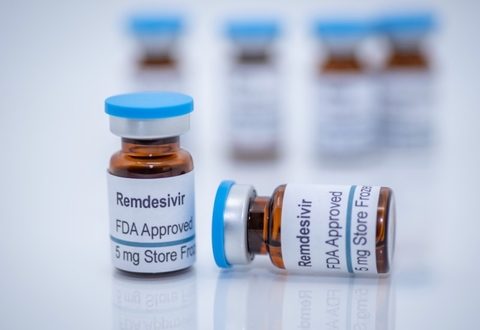The aim of the treatment is to relieve the symptoms of some mental health problems. While most women with postpartum illness have mild to moderate illness there are some women with severe depression that significantly impairs their ability to function and to care for their child.
Little is known about maintenance ECT in this population.

Electroconvulsive therapy for depression. Modern day ECT is safe and effective. Currently not enough evidence exists to provide clinical recommendations for using ECT for treating post-TBI depression and more research is needed to generate guidelines on how best to treat depression. Except for 2 of the patients in whom depression developed within a year all had marked improvement in depression.
When post-TBI depression is refractory to pharmacotherapy electroconvulsive therapy ECT could provide an alternative therapeutic strategy. In this analysis we use an evidence-based approach to demonstrate the efficacy and safety of modern electroconvulsive therapy. 1Division of Brain Stimulation and Therapeutic Modulation New York State Psychiatric Institute Department of Psychiatry Columbia University College of Physicians and Surgeons 1051 Riverside Dr.
Among these 14 patients depression developed less than 1 year after stroke in 9 and more than 1 year after stroke in 5. Cognition did not worsen in the majority 94. Treating Severe Depression - YouTube.
Electroconvulsive therapy for depression Publisher. Electroconvulsive therapy is the most effective treatment for severe psychotic or treatment-resistant depression. Electroconvulsive therapy ECT is a well-established treatment for mood disorders in younger adults and has been consistently shown to be safe and effective in unipolar depression in older adults.
Through neuroimaging we have begun to. Many patients experienced delirium or transient confusion sometimes necessitating discontinuation of electroconvulsive therapy ECT. Repeated a few times a week for a short period ECT eliminates depressive symptoms for an extended time in many patients.
For some people with severe or hard-to-treat depression electroconvulsive therapy ECT is the best treatment. ECT can benefit patients suffering from PD and depression. However data on this treatment in older adults with bipolar disorder are limited.
Indifference sadness and irritability are part of living with. When medication and talk therapy dont work to ease your depression your doctor might recommend electroconvulsive therapy. Electroconvulsive therapy ECT Electroconvulsive therapy ECT is a more invasive type of brain stimulation thats sometimes recommended for severe depression if all other treatment options have failed or when the situation is thought to be life threatening.
This treatment sometimes referred to as electroshock therapy is often. Of the 193 patients with stroke and depression treated at Massachusetts General Hospital from 1969 to 1981 14 had electroconvulsive therapy ECT for poststroke depression. N Engl J Med.
Electroconvulsive therapy or ECT for short is a treatment that involves sending an electric current through your brain causing a brief surge of electrical activity within your brain also known as a seizure. Because of its strong clinical effects improving our current understanding of its underlying mechanisms will provide important guidance to develop and optimize treatments. Electroconvulsive therapy ECT is a procedure used to treat certain psychiatric conditions.
Electroconvulsive therapy for poststroke depression. However its effectiveness continues to be questioned both in mainstream media and narratives within the scientific literature. Electroconvulsive therapy ECT is a psychiatric treatment where a generalized seizure without muscular convulsions is electrically induced to manage refractory mental disorders.
Ineko Kållered 042013 ISSN. In this retrospective study we report outcomes from all cases of older adults with bipolar depression. Typically 70 to 120 volts are applied externally to the patients head resulting in approximately 800 milliamperes of direct current passed through the brain for 100 milliseconds to 6 seconds duration either from.
What is electroconvulsive therapy ECT. ECT given to depressed patients under anesthesia and after taking a muscle relaxer sends electrical pulses to the brain through electrodes applied to the head. This is a small case report but is an important one demonstrating the effectiveness of ultra-brief electroconvulsive therapy ECT for the treatment of severe postpartum depression.
Sarah H Lisanby 1. Electroconvulsive therapy for depression. It involves passing a carefully controlled electric current through the brain which affects the brains activity and aims to relieve severe depressive and psychotic symptoms.
Murray GB Shea V Conn DK. Women with severe PPD are. Örebro University 2013 wwwpublicationsoruse trycksakeroruse Print.
Data remain sparse on using ECT in this seizure-prone population but three case reports demonstrated good outcomes. The electrical stimulation triggers a seizure. Electroconvulsive therapy ECT is the single most potent antidepressant treatment available achieving high response rates even in treatment-resistant depression.
We recommend an algorithm for treatment of depression in PD utilizing ECT sooner.

